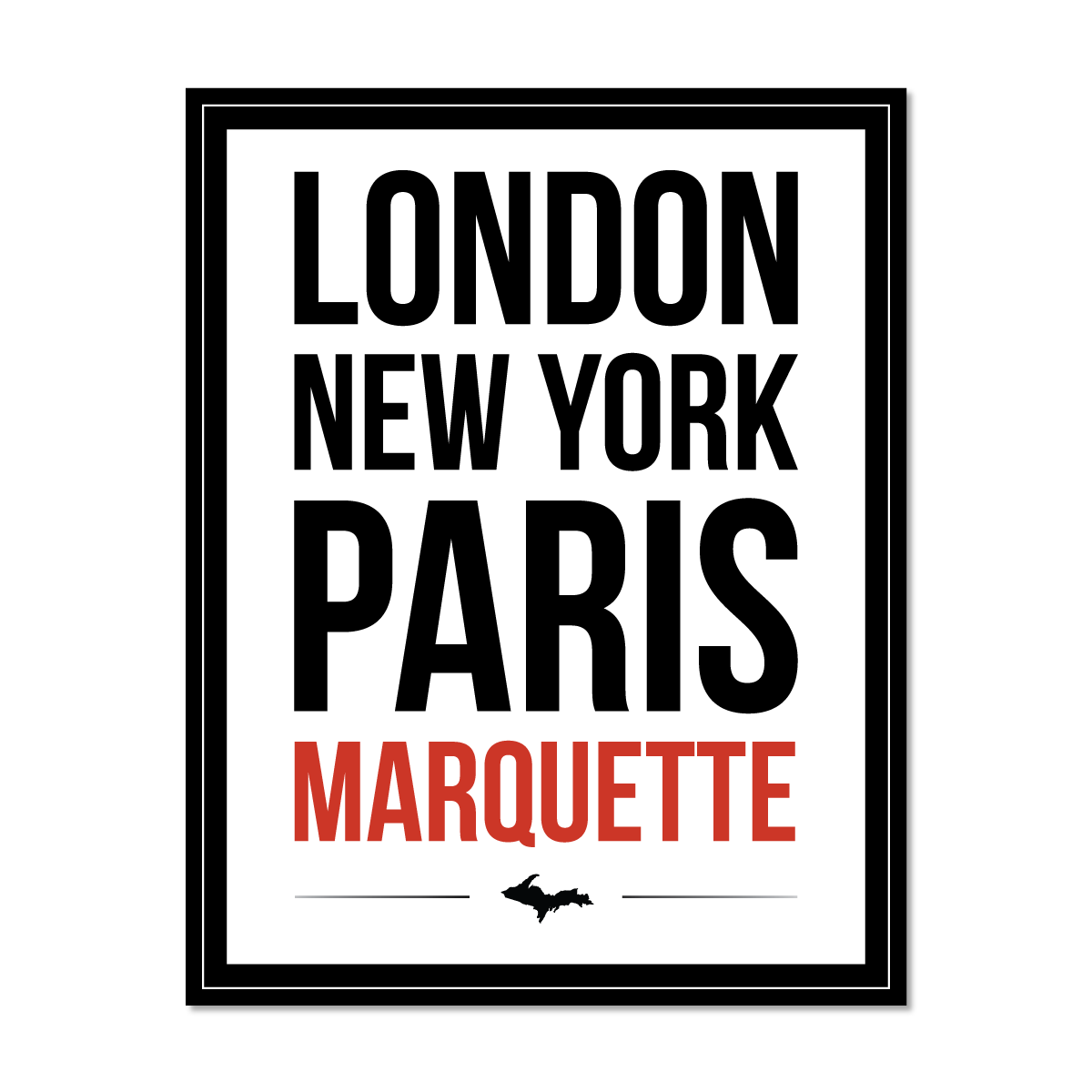Finnish-American Roots in the Upper Peninsula
It’s widely known in the area that the U.P. has the largest Finnish population outside of Finland, with 16 percent of Yoopers having Finnish heritage. For this reason, it makes sense for FinnFest 2013 to be held in the Copper Country.
The Keweenaw wasn’t the first place Finnish Americans called home. Finns came to the U.S. long before coming to Michigan with the founding of Delaware in 1683. In a more modern wave of immigration, the first Finns came to the Keweenaw Peninsula in 1864, and then spread to Marquette County and the Gogebic Range within the next ten years.
These immigrants didn’t always come directly from Finland. Often they came from places like Norway, Sweden and even Russia, having immigrated initially to find work, as they did on their way to the Keweenaw. They often found out about this region based on agents sent to Europe to recruit people to work in the mines. Immigrants worked in mines such as the Quincy Mine in Hancock or for logging companies in the area.

As of 2012 there are approximately 700,00 Finnish Americans and a population in Finland of 5.5 million.
Many people assume that the reason why immigrants have come to the U.P. is because the climate is so similar. Both places claim fir and pine forests, lakes and rivers, similar climates. But really, it was for work. Finnish people found work here and in Minnesota, and these areas continued to have the largest numbers of Finnish-Americans into the twentieth century. Perhaps the climate made people feel more comfortable making the U.S. home. By 1930, there were over 27,000 foreign born Finns in the U.P.
The legacy of Finnish Americans can be found in some of the cultural attracts that existed then and now. Starting in 1876, the Amerikan Suomalainen Lehti, America’s Finnish newspaper, was published in Hancock. Two years later, the Amerikan Suomalaisen Kirjallisuuden Seura, the American Finnish literature society, was established in Calumet.
These aspects of Finnish-American culture in the U.P. are still apparent. Finlandia University was created out of Finnish-American roots; it was originally called Suomi College and taught teacher-training and theology. And the Finnish American Reporter, a monthly English journal about Finnish American culture, is based out of Finlandia University and edited by the director of the Finnish American Heritage Center. There’s also the Hanka Homestead “Hanka Homestead”), which is a Finnish homestead of eight buildings on 40 acres, which is located in Baraga County near Pelkie.
Sources:
The Finns in Michiganby John Wargelin
Finnish Americans by Marianne Wargelin
The Finns in America by Taru Spiegel
This post was contributed by Lucy Hough, a freelance writer from Marquette. She’s also a master’s student at NMU. You can also follow her on Twitter at @yes_lucy.
Photo: The Hanka Homestead. Licensed under Creative Commons from Wikipedia


